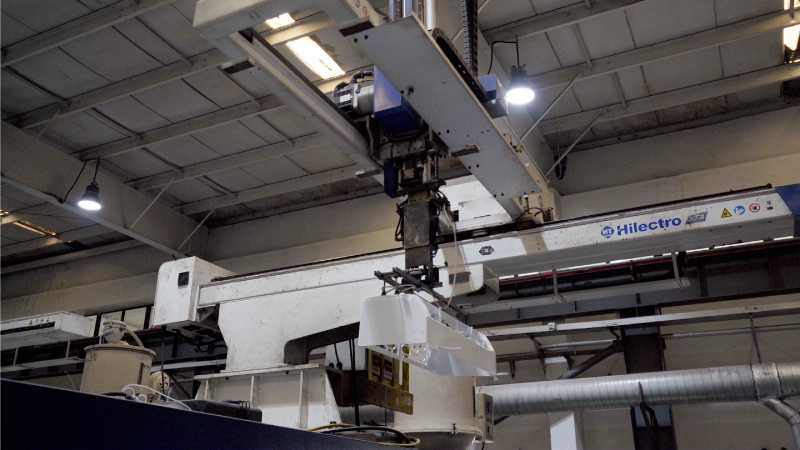Exploring the Benefits of Plastic Injection Molding for Housings
Jul 18,2025
Plastic injection molding is a transformative manufacturing process that enables the creation of complex shapes and structures, making it an ideal method for producing housings across various industries. The process involves injecting molten plastic into a mold, where it cools and solidifies, resulting in a precise and durable component. This technique is particularly advantageous for producing housings, as it allows for high-volume production with exceptional consistency and quality.
One of the primary benefits of plastic injection molding for housings is the ability to achieve intricate designs and specifications. The versatility of this process enables manufacturers to create components that are tailored to specific needs, ensuring that each housing can accommodate various functionalities. This is particularly important in sectors such as electronics, automotive, and consumer products, where the housing must not only protect the internal components but also allow for ease of use and aesthetic appeal.

Moreover, the efficiency of plastic injection molding leads to reduced production times and lower material waste. As the process can produce multiple parts in a single cycle, manufacturers can meet high demand while minimizing operational costs. This high efficiency contributes to a more sustainable manufacturing model, as it optimizes the use of raw materials and energy.
In addition, plastic injection molding allows for the incorporation of diverse materials and additives, which can enhance the properties of the housings. For instance, manufacturers can choose from a wide range of plastics, including high-strength, lightweight, and chemically resistant options. This flexibility further enables customization, making it easier to meet the specific performance requirements of different applications.
Another significant advantage of using plastic injection molding for housings is the improved product durability. The molded components exhibit high strength and resilience, making them suitable for various environmental conditions. This is critical for housings that may be exposed to harsh elements or require long-term reliability.
Furthermore, the post-production processes such as painting, printing, and assembling can be easily integrated with plastic injection molding. This capability enhances the overall efficiency of the manufacturing process, allowing for a streamlined approach from design to final product.
In conclusion, plastic injection molding for housings stands out as a vital manufacturing process that combines efficiency, versatility, and durability. Its ability to produce high-quality components tailored to specific requirements makes it a preferred choice in various industries. By understanding the benefits and applications of this process, manufacturers can leverage its potential to create innovative solutions that meet the demands of today"s market.
PREVIOUS:

